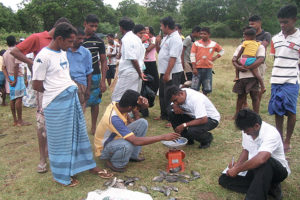
GIFT tilapia raise culture efficiency in Sri Lanka
The wide distribution and ongoing improvement of GIFT tilapia in Sri Lanka is raising living standards and employment for women in rural areas.
Common factors that affect water chiller performance are inadequate water flow, inadequate heat recovery, inappropriate compressors and imbalances among compressor, condenser, evaporator and thermal expansion valves.

The wide distribution and ongoing improvement of GIFT tilapia in Sri Lanka is raising living standards and employment for women in rural areas.
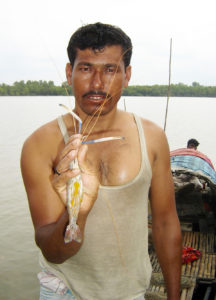
The inadequate supply of postlarvae is a bottleneck for prawn production in Bangladesh. A shortage of wild broodstock to supply the hatcheries is an ongoing concern.
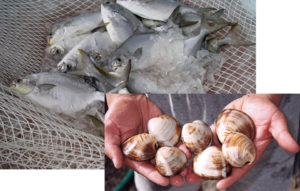
U.S. policies are intended to facilitate sustainable marine aquaculture, restore natural resources and enhance fisheries. Additional initiatives address shellfish production, aquaculture management in the Gulf of Mexico and technology transfer.
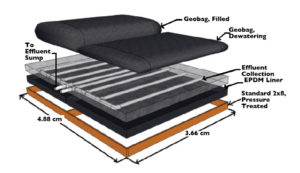
One promising new technology for dewatering aquaculture solid waste is the use of geotextile bags: porous, sealed tubular containers constructed of high-strength, woven polyethylene material.
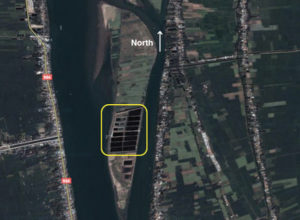
In modifying its infrastructure and related pond management, QVD Aquaculture uses floating water plants to remove nitrogen and phosphorus from the discharge water. Sludge pens capture sludge at ponds for later reuse.
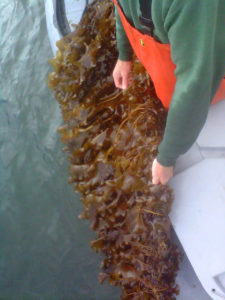
Seaweed farming has both proven history and huge potential. Large-scale farms could produce raw materials for biofuel, aquatic feeds and human consumption.
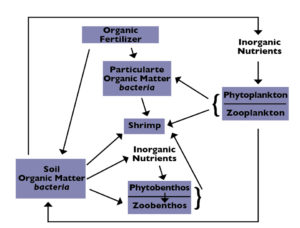
Animal manures, grasses and other organic matter have been widely used as fertilizers in aquaculture ponds. The fertilizers decompose and release nutrients that promote the growth of phytoplankton and enhance the base of the food web.
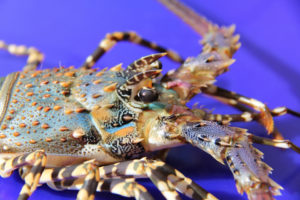
Spiny lobsters are a premium seafood whose culture has depended on wild-caught seedstock. An Australian company is helping shift the farming paradigm to more sustainable hatchery production.
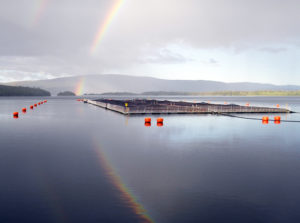
To support projected food demands, production must rise an estimated 70 percent above current values. Aquaculture can play a key role in raising food in limited space for feeding a growing population.

Liming materials neutralize acidity and increase pH in pond bottom soil and water. They also react with carbon dioxide to form bicarbonate and release calcium and magnesium, increasing both alkalinity and hardness concentrations in water.
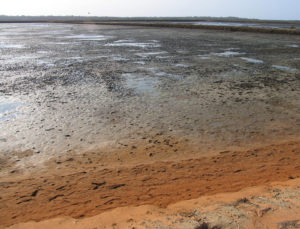
Alkalinity and acidity in pond water and soil interact and can result in unhealthy culture conditions. Ion exchange occurs between soil and water until an equilibrium is reached.
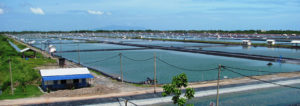
Blue Archipelago’s re-engineering of a large shrimp farm to a modular, biosecure facility set a benchmark for future shrimp culture projects in Malaysia.
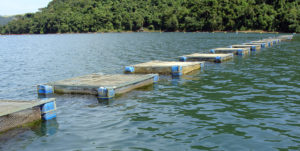
Cage aquaculture in hydroelectric reservoirs has great potential for expansion in Brazil, but there are concerns of negative environmental impacts. Careful climate zoning can assist proper siting.
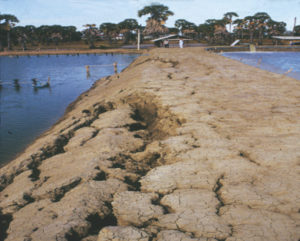
The control of external inputs of suspended soil particles to ponds and internal erosion of embankments and bottoms should begin at the design and construction stage.
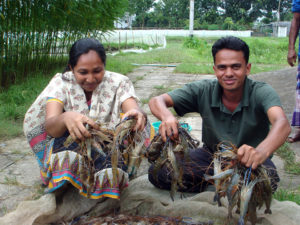
The adoption of polyculture systems with controlled carbon:nitrogen ratios and substrates for periphyton development can improve utilization of the aquatic food webs in stagnant ponds.